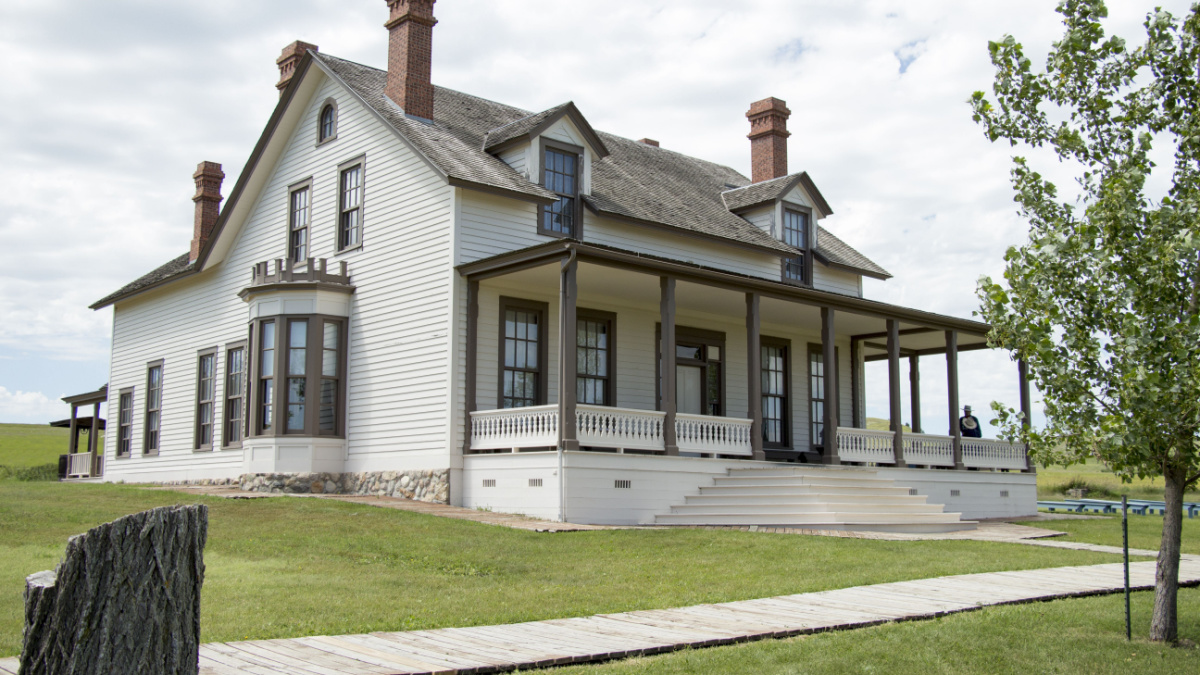Congratulations on deciding to enter into the beautiful world of homeownership! The road to buying your first home is often full of twists and turns unless you head into it with a plan. If you’re ready to set down some roots and make one of the most significant investments of your life, you’ll need to focus on your finances. The following tips will show you how to save for your first home.
1. Pay down debt
It goes without saying, but we’ll say it; you need to pay down your debt before proceeding with a home purchase. Since the average American finances at least part of their home purchase, you want to get your finances in order before taking out a loan. This means paying down any outstanding debt you have to reduce your debt to income ratio.
2. Determine your budget
As you pay down your debt, figure out what your budget is for a home. There are tons of free mortgage calculators online to help you determine how much house you can afford. Once you’ve determined your housing budget, figure out how much you’ll need for your down payment, and then add another five percent of your mortgage amount to cover closing costs.
3. Set savings goal
Once you’ve figured out how much money you need for a down payment, and factored in additional funds to cover closing costs, you have a figure for the minimum amount you need to save. It’s often helpful to bump up that figure to deal with any surprises as a first-time homebuyer. Plan financially for Murphy’s Law in the event that your car dies right after you purchase your home, or any other expensive hiccup happens along the way. With that amount in mind, it’s time to outline how you’ll save that money.
4. Create your plan
Given your current income, how long will it feasibly take to reach your savings goal? One year, five years? Once you decide on a timeline, figure out how much you’ll need to save each month and year to reach that goal. It’s helpful to commit your plan to paper so that you have a visual reminder of the numbers.
5. Cut monthly expenses
Okay, here’s where things get a little complicated. While budgeting your money for your downpayment goal is like a financial diet, you don’t want to plan so tightly that you end up binging. Take a hard look at where your money is being spent each month and determine what expenses can be cut.
Remember, this is not for the long-term, you have a timeline set in place for reaching your savings goal, so there is a light at the end of the tunnel. Look for monthly expenses such as a cable subscription, eating out, entertainment costs, and even a gym membership to cut back. You can work out at home, and there are many ways for you to enjoy television without an expensive cable package.
Cutting down on eating out means more meals prepared at home. You can save even more money by meal planning and going to the grocery store with a specific list in-hand (and sticking to it). Use coupons and buy store brands to save even more money on your grocery expenses each month; you’ll be surprised by how much you save.
Above all, be realistic about cutting expenses. You don’t have to live like a pauper to save for your first home, you just need to be smart about your spending. Ask yourself whether and expense is a want or a need to help with those spending decisions.
6. Bank extra funds
Your savings plan is based upon your regular income, so adding any additional funds that come in will help you reach your homeownership goal sooner. Things like tax return money, an unexpected inheritance, or even bonuses and commissions can make a difference in offsetting your savings goal and timeline. The sooner you save, the sooner you’ll have the keys to your home in-hand.
If you have the gumption to stick to your plan, you’ll be handed the keys to your first home sooner than you expected. Again, your dream of homeownership is feasible when you break the journey to your downpayment into smaller, monthly savings snapshots.


